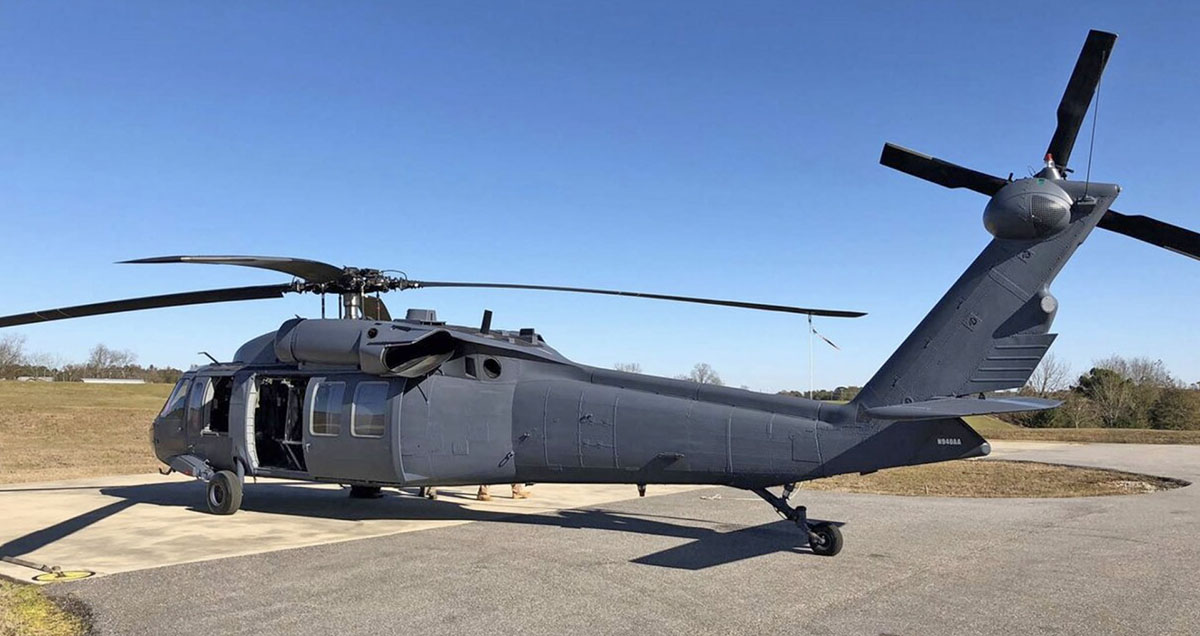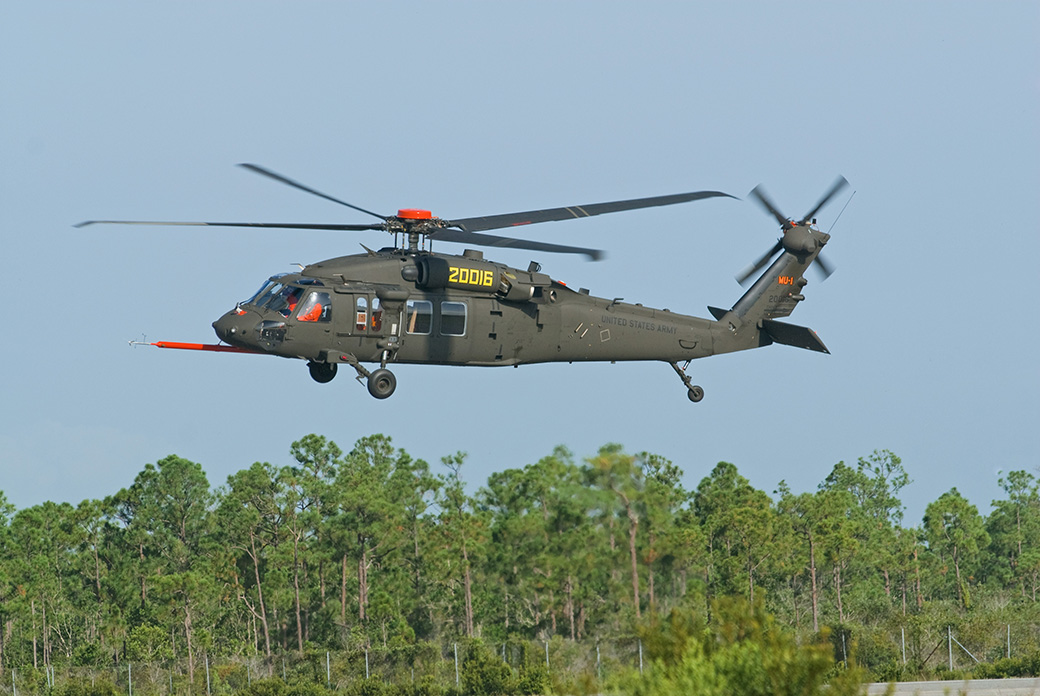UH 60: A Reliable Helicopter for Search and Rescue, Transport, and Combat Operations
UH 60: A Reliable Helicopter for Search and Rescue, Transport, and Combat Operations
Blog Article
Checking Out the Background and Evolution of the UH 60 Helicopter

Origins of the UH-60
The beginnings of the UH-60 helicopter can be traced back to the late 1960s, a period noted by the requirement for a functional energy airplane that could adjust to the progressing needs of contemporary war. The united state Army recognized the need for a substitute for the older UH-1 Iroquois, which was ending up being progressively inadequate for the complexities of contemporary battle situations. In 1967, the Military launched the Utility Tactical Transportation Airplane System (UTTAS) program, which sought to develop a multi-role helicopter with the ability of different missions, including troop transport, medical emptying, and logistical support.
The UH-60 Black Hawk was presented, showcasing innovative layout aspects and progressed innovation that set it apart from its precursors. The UH-60 rapidly obtained acknowledgment for its durable performance, dependability, and adaptability, paving the means for its substantial use in armed forces procedures and solidifying its standing as a cornerstone of United state Military aeronautics.
Trick Style Functions
Cutting-edge design features of the UH-60 Black Hawk dramatically add to its operational efficiency. One of the most noteworthy aspects is its twin-engine setup, which boosts dependability and gives a higher power-to-weight proportion, enabling the helicopter to execute under numerous conditions. The airplane's four-blade major rotor system uses improved lift and ability to move, vital for tactical goals.

Additionally, the cabin is developed for ideal visibility and ergonomics, featuring advanced avionics that enhance pilot procedures. The modular layout of the UH-60 enables simple maintenance and adaptability, making it appropriate for various objective profiles, from troop transport to medevac operations. These essential design features make sure that the UH-60 Black Hawk stays a reputable and flexible property in military air travel, with the ability of satisfying the demands of modern-day war.
Technical Developments
Current technological innovations in the UH-60 Black Hawk have actually significantly enhanced its operational abilities and versatility. The integration of innovative avionics, such as electronic flight control systems and enhanced situational understanding screens, enables pilots to operate with raised accuracy and effectiveness. These systems assist in enhanced navigating, interaction, and data sharing, allowing the helicopter to work successfully in varied settings.
Additionally, the introduction of composite products has reduced the general weight of the airplane while preserving architectural stability. This decrease enhances fuel effectiveness and extends functional range. The unification of sophisticated rotor modern technology, including using four-blade, completely expressed rotor systems, has enhanced lift efficiency and maneuverability, enabling for far better handling in numerous flight conditions.

Moreover, advancements in propulsion systems, such as the T700-GE-701D engines, have actually increased power outcome and integrity - uh 60. These engines add to superior efficiency in high-altitude and hot-weather problems
Finally, the combination of self-defense systems and enhanced sensor plans enhances the Black Hawk's survivability and objective efficiency. Jointly, these technological improvements ensure that the UH-60 Black Hawk stays an essential property in modern-day aviation, qualified of adapting to the evolving needs of army and humanitarian objectives.
Role in Armed Force Workflow
As the backbone of U.S. Army aviation, the UH-60 helicopter plays a critical function in numerous army operations, acting as a flexible platform for battle support, transport, and medevac objectives - uh 60. Its style includes the ability to operate in diverse settings, making it essential for army movement and logistical support in both traditional and unusual warfare

In medical discharge circumstances, the UH-60 has actually proven indispensable, considerably decreasing the time to move wounded soldiers from the battleground to clinical facilities. Its innovative avionics and night vision abilities even more ensure goal success under challenging conditions. Overall, the UH-60 helicopter stays a vital property, continuously adjusting to satisfy the developing needs of armed forces procedures and improving the effectiveness of united state forces worldwide.
Future of the UH-60
Looking in advance, the future of the UH-60 helicopter includes considerable advancements in innovation and abilities made to enhance its functional effectiveness. As army operations progress, the UH-60 is anticipated to incorporate sophisticated innovations, consisting of improved avionics, enhanced tools systems, and advanced communication devices. These improvements will enable for better situational recognition and mission adaptability, ensuring that the UH-60 remains a crucial possession on the field of battle.
One notable development is the combination of fly-by-wire systems, which will certainly improve flight control precision and lower pilot workload. Moreover, initiatives to update the airframe and engines aim to enhance payload, range, and rate capacity, therefore broadening the useful source helicopter's functional range (uh 60).
The future likewise holds pledge for increased interoperability with unmanned airborne systems (UAS), enabling coordinated missions that leverage both manned and unmanned capabilities. Additionally, the incorporation of fabricated intelligence and artificial intelligence can optimize trip characteristics and upkeep processes, resulting in decreased functional expenses.
Conclusion
The UH-60 Black Hawk helicopter represents a significant success in military aviation, advancing from the U.S. Military's preliminary needs for a flexible utility airplane. Its innovative layout attributes and constant technical improvements have guaranteed its importance in various military procedures over the years. As the demands of modern-day warfare modification, the future of the UH-60 will likely involve more enhancements and adjustments, strengthening its status as a vital asset for militaries worldwide.
The UH-60 Black Hawk helicopter stands for a substantial turning point in armed forces aeronautics, arising from the United state Army's pursuit for a much more versatile and dependable energy airplane in go to my blog the late 20th century.The origins of the UH-60 helicopter can be traced back to the late 1960s, a period marked by the demand for a flexible utility airplane that can adapt to the advancing demands of modern-day warfare. On the whole, the UH-60 helicopter stays an essential possession, continually adapting to satisfy the evolving needs of army operations and improving the effectiveness of United state pressures worldwide.
Looking ahead, the future of the UH-60 helicopter includes substantial developments in modern technology and capabilities created to boost its operational effectiveness.The UH-60 Black Hawk helicopter stands for a significant accomplishment in army aeronautics, evolving from the U.S. Military's first requirements for a flexible utility airplane.
Report this page